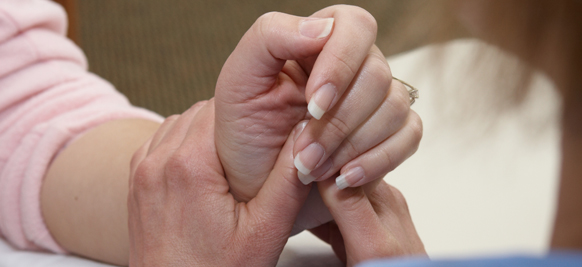Systematic reviews, which once upon a time were new and unfamiliar, have now proliferated and are commonplace. Where once it was difficult to read all the clinical trials published on a given topic, it is now a challenge to just get through all the systematic reviews that have been written! In response to this, the Cochrane Collaboration (which all New Zealanders can access for free via the Ministry of Health website) has begun publishing Cochrane Overviews. These are, in essence, systematic reviews of systematic reviews.
One excellent example of a Cochrane Overview is a recent publication by Pollock and colleagues (2014) entitled “Interventions for improving upper limb function after stroke.” For this overview, Pollock et al. collected, critically appraised, and combined the findings from 40 complete systematic reviews on various interventions for hemiplegic arms and hands after stroke. This includes 19 Cochrane reviews and 21 published non-Cochrane reviews. The review covers 18 individual interventions, including investigation of dosages (e.g. frequency and intensity of exercise) and the setting for intervention.

So how useful are these new types of reviews? What can a Cochrane Overview actually tell us about therapies for people with upper limb hemiplegia after stroke? In fact it would appear quiet a bit! Here is summary of some of the key findings from Pollack et al.'s (2014) review:
- We can say there is moderate quality evidence that the following interventions for hemiplegic upper limbs after stroke may be effective: constraint-induced movement therapy (CIMT), mental practice, mirror therapy, interventions for sensory impairment, virtual reality, and a relatively high dose of repetitive task practice.
- There is now moderate quality evidence that unilateral arm training (exercise of the weak arm) is probably more effective that bilateral arm training (exercise involving both arms at the same time). This has been a bit of an on-going debate for the last couple of decades, so it is interesting to see the weight of evidence slowly coming out in favour of one side of the debate over the other.
- While there is still need for further research to determine the right dose of rehabilitation for hemiplegic arms, there is growing evidence that more is indeed better - more intensive exercise increases the opportunities for people to regain arm and hand function after stroke.
- The highest quality evidence was in relation to transcranial direct current stimulation, which (interesting, given that this seems to be all the rage at the moment) showed that this type of therapy is NOT effective for improving people's upper limb functional ability after stroke.
The review concluded that there was still considerable room for improving the quality of research trials into upper limb therapies, and in particular into determining the optimal intervention dose for arm rehabilitation.
William Levack is an Associate Professor of Rehabilitation at the Rehabilitation Teaching & Research Unit, University of Otago, Wellington, New Zealand. Twitter: @DrLevack
Reference:
Pollock et al. (2014) Interventions for improving upper limb function after stroke. Cochrane Database of Systematic Reviews. Issue 11. Art. No.: CD010820. DOI:10.1002/14651858.CD010820.pub2.